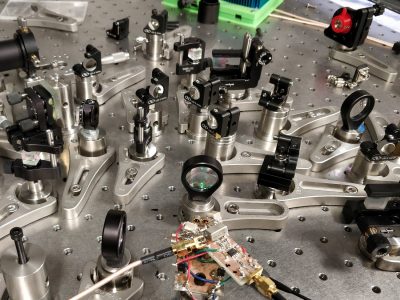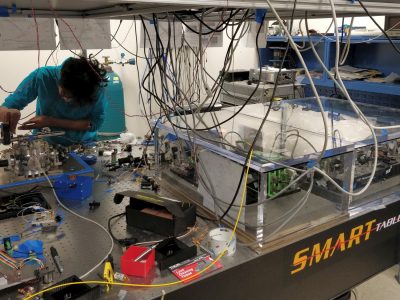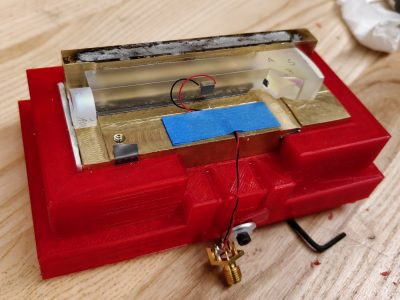Nghia Tin Nguyen joined our lab today. We are looking forward to his discoveries during his Ph.D. years at CU Boulder!
Monthly Archives: August 2018
OK. This is probably way too early, but we decided to switch to this new website anyway. It’s still work in progress and a lot is left to be filled-in & bugs need to be squashed. Let us know what you think and where we need to improve!
If you are a first or second year graduate student at CU Boulder, and you are passionate about our optics research program, please feel free to contact us to schedule a lab visit. While we don’t expect much prior lab experience, interest in precision optics experiments is a must. Some engineering skills would help too, including, but not limited to
Over the past decade, our group has made great strides in terms of oscillator performance (see other posts on this topics). While that was all exciting, it has also created a new issue, as it meant that we would need to find new ways of measuring such low levels of noise. Out of this necessity, we created a measurement setup,
Every year, more than two billion quartz crystals are sold on the global market. Most of these are used in consumer devices, such as wrist watches, computers and cell phones. Such oscillators are reliable and cheap, but provide limited performance due to mechanical loss in the quartz crystal itself. There is large variety of other electronic oscillators, though all of
After 10 years of procrastination, we are finally on the way to a new group website. We hope you will enjoy it!
We proudly present the world’s first monolithic mode-locked lasers. These lasers are among the quietest free-running oscillators available to date. They can be fully phase stabilized if desired. Low-noise, high-repetition-rate mode-locked solid-state lasers are attractive for precision measurements and microwave generation, but the best lasers in terms of noise performance still consist of complex, bulky optical setups, which limits their


